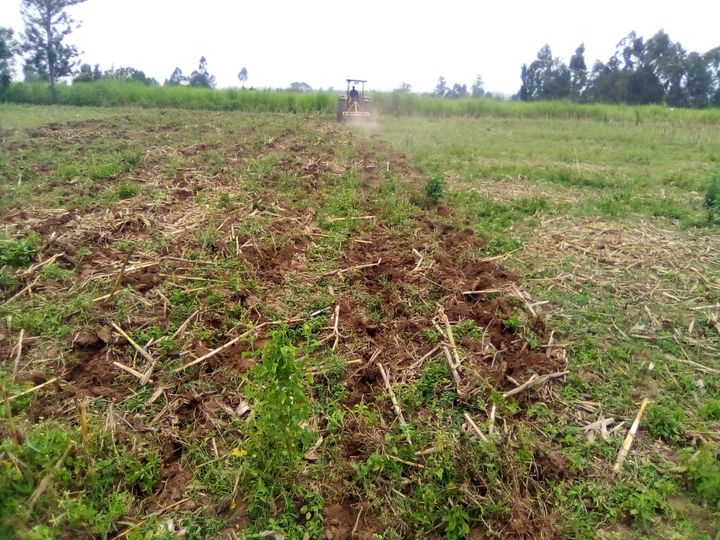
By George Munene
Using artificial and natural nematicides smallholder farmers in Kenya can control the potato cyst nematodes (PCN), a pest that causes yield losses by at least 80 per cent.
In a study of 20 potato growing counties in Kenya Potato Cyst Nematodes (PCNs) were obtained in 71.8 per cent of the counties with Nyandarua County at 47.6 per cent recording the highest PCN field-incidence.The situation is further compounded by the fact the Shangi potato variety grown by 65 per cent of farmers for its shorter dormancy and cooking time is the most susceptible to PCN.
Potatoes are the second most consumed food crop after maize in Kenya, however, production has been on the decline: on a landmass size of 133,532 hectares, the country produced 1.9 million tonnes of potatoes in 2015. Over a corresponding period in 2017 however, Kenya's potato production fell to 1.5 million tonnes off 192,341 hectares.
With Nyandarua being the country's potato basket, accounting for up to 40 per cent of the total production of potatoes, farmers in the county now produce 18 bags, from ¼ acre, down from the previous 30 bags.
Related News; Kenya’s deadliest goat disease costing nearly Sh1/4m per 100 goats in Turkana
Related news: How to control tomato pests and diseases without use of pesticides
PCN, first reported in Kenya in 2015, is classified by KEPHIS as a quarantine pest (a pest subject to official control and regulation due to the potential economic devastation it may present to an area) can lie dormant in soils for up to 20 years and infects 82 per cent of potatoes grown across 22 counties.
Potato plants affected by the PCN exhibit the following characteristics:
- leaf discoloration/yellowing and wilting
- root with cysts
- uneven tuber sizes on one potato plant
- reduction in the number of roots
- dwarfing of potato tubers and the plant and,
- reduction in the number of crops
The nematodes causing PCN are microscopic worms, measuring less than one millimeter in size, meaning they are only visible through a microscope lens. As these symptoms closely mimic water and nutrient deficiency in potatoes, farmers are often left none the wiser on what is causing a reduction in yields.
Related News: Farmers’ Friend: controlling yellow sigatoka (yellowing disease) in bananas
Potato cyst nematodes are spread by:
- Importation of infected plants or plant materials and
- locally, by the spread of cysts through soil, wind, water and vehicles
The total production of basic potato seeds in Kenya stands at 6,700 metric tonnes, short of the 30,000 metric tonnes required. According to KEPHIS, the informal sector in Kenya accounts for about 70 per cent of potato seeds propagated by farmers across the country, this makes the curbing of PCN almost impossible.
The easiest way of controlling potato cyst nematodes is the use of nematicides, which are chemical pesticides used to kill plant-parasitic nematodes. Most nematicides are however burned for being toxic to the environment.
Nematicides sold in Kenya include:
- NEMATHORIN® 150EC
- Adventure® 0.5% GR
- Alonze® 50EC
- Farmchance® 250 EC
Studies done in Kenya by scientists from The International Institute of Tropical Agriculture have found that covering potato planting seeds with banana paper laced with minimal doses of pesticides during planting deters PCN’s from reaching the potato seeds.
In studies by the University of Florida Food and Agricultural Sciences Extension department cropping in Marigold flowers into potatoes/cabbages has also been scientifically proven to reduce nematode attacks as they act as an alternative host for the nematodes, but produce natural compounds that act as nematicides. This kills the nematodes preventing them from breeding. In time, the nematode population slowly decreases.
Write comment (0 Comments)
















